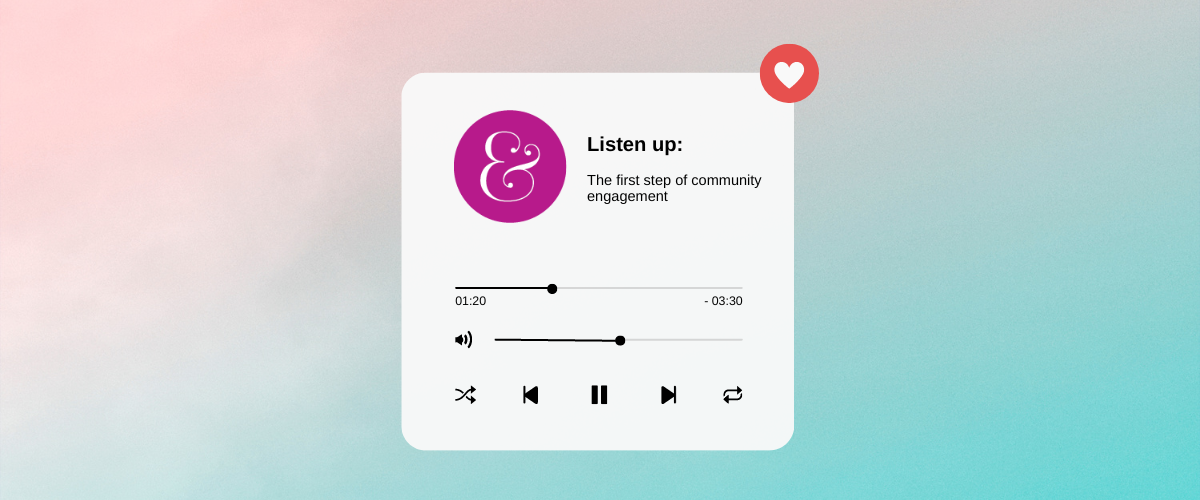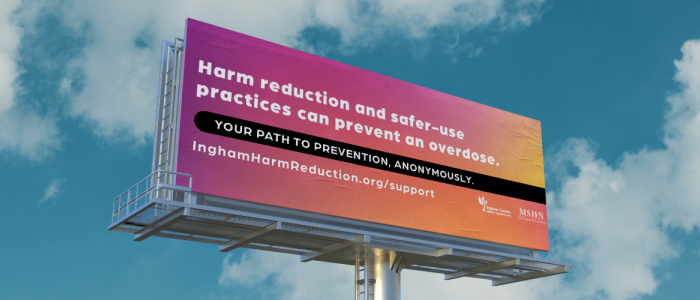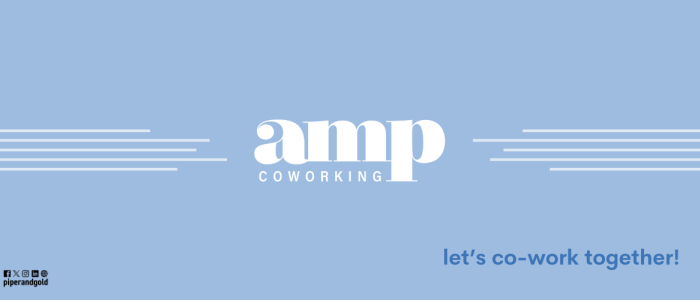
Content warning: miscarriage, child loss, infertility, and labor and delivery experiences
Written by Kate Snyder, APR and Kendall McCarthy.
We recently shared what community engagement is and why it matters. Over the next three weeks, we’ll break down how you can practice community engagement by listening, leading and connecting.
You may be called on frequently to be an advocate and voice for your profession, your community or other groups. When it comes to localizing your efforts, start with understanding the individual perspectives of the people you’re being called to represent and how those perspectives may vary from your own personal beliefs or perspectives, policy, research and best practices. To practice community engagement effectively, organizations need to start by listening.
Best practices for listening:
- Don't expect people to come to you. Go where they are.
- Make community engagement something you actually want to be a part of.
- Don't make people get off their couches to get engaged.
The New York City Department of Health & Mental Hygiene developed an incredible Community Engagement Framework as a part of its Race to Justice: Advancing Racial Equity & Social Justice Initiatives. You also can look at this framework with a focus on the individual: What can you do as one person?
Before engaging with a community to listen:
- Be clear about your purpose, goals and desired outcomes.
- Understand you’ll need to be flexible and open when you hear things that don’t align with YOUR purpose, goals and outcomes.
- Define the community you want to engage and identify other stakeholders.
- Identify and assess existing partnerships — particularly collaborative and shared leadership relationships — both within your program/bureau/division and agencywide. Then consider creating new relationships.
- Become knowledgeable about the community — its culture, belief/religious systems, economic conditions, social networks, power structures, norms and values, history, and previous experience with outside groups and your organization (or you personally).
- Assess existing internal capacity and resources for engagement.
- Establish processes and select strategies for engagement.
- Establish how to review and evaluate engagement.
- Understand your role in the engagement effort. Recognize any constraints that role may have on the effort. Are there preexisting notions or relationships that may require a different approach? That may hinder candor? That may make people feel uncomfortable sharing with you?
Next, take an inventory of the engagement tools your organization has access to; you likely have more than you realize. Tools could include:
- Social media.
- Direct outreach.
- Letters.
- Handouts.
- Email blasts.
- Website and blog.
- Web-based platforms.
- Events.
- Signage and other visuals.
- Messaging and alerts.
- Media and news coverage.
Listening in action
When Piper & Gold was tasked with helping Munson Healthcare (MHC) improve health outcomes for women and children, particularly in labor and delivery care across its eight hospitals, we started by listening.
First, we identified the community we wanted to engage with: women of any age who had a labor and delivery experience in the past five years and currently lived in Northern Michigan. We were careful to use this language instead of “mothers,” because not everyone who has had a labor and delivery experience is a mother. We took this step as a part of inclusive communications using a trauma-informed approach. The team recognized not every person who has been through a L&D experience considers themselves a mother. Many experience stillbirths, have DNC or DNE procedures, survive infant loss or may have survived child loss in the time since delivery, as well as people who choose adoption and may not consider themselves a mother. We wanted to acknowledge that all experiences are valid and respected, reflecting that in our language.
Then, we set goals and decided a survey combined with focus groups of six to eight women were the best tactics for helping us reach these goals. The survey allowed us to get information from a large number of people, as well as hone in on areas that would be better explored through in-depth focus group conversations. The survey also served as a tool for recruiting the focus group participants, as we allowed them to mark their willingness to participate in a focus group when they completed the survey.
Finally, we identified the channels where we could best engage our target community and sent out survey invitations. Since MHC serves such a large geographic area, we decided a digital survey would be best to meet people where they are. Typically when we say “meet people where they are,” we mean things like attending an existing community meeting to ask questions or setting up a booth at a farmers market instead of staging a completely separate event. In this instance, we were serving a huge geographic area, but we still held focus groups at each hospital in that area and used the digital survey to remove geographic barriers to giving feedback.
It was made clear in promotional materials we welcomed people who delivered in any care setting — hospital, birthing center, home birth, etc. — as well as any geography, but were looking for those currently living in the MHC service area. While some of this was for focus group logistics, we also wanted to ensure we were reflecting the attitudes, opinions, wants and needs of those living in the current geographic area, regardless of where their L&D experience took place. We emailed newsletters to patients who had delivered at MHC in the past five years, promoted the survey on its social channels, and distributed flyers to libraries, schools, community centers, child cares, preschools, elementary schools, Women Infant and Children programs, HeadStart programs and Department of Health and Human Services offices. We also developed and distributed a press release and gave an incentive for referrals.
The why…
Overall, we surpassed our goal of 360 survey responses by 140% with 501 respondents and met our goal of six to eight participants per focus group. We would not have been able to achieve these results if we had not met people where they were and made it easy for them to participate. Understanding that these experiences could be difficult ones to talk about, “making it easier” looked like providing child care/welcoming children in the sessions and having activities for them, having Oreos and Kleenex on every table, providing snacks and thinking through other little ways for our target audience to be able to be involved. It also required a slightly different approach to facilitation. Typically in a focus group, the facilitator would try to stay completely unbiased, but in these instances, we took a very intentional approach of sharing personal experiences — including very difficult ones — with labor and delivery to show our own vulnerability and create an emotional connection and safety for those participating.
One final thing to remember when engaging with the community: Listen closely for the “why.” Why are specific issues more important to community members than others? By truly hearing these stories, you can be better equipped for the next step: leading.




